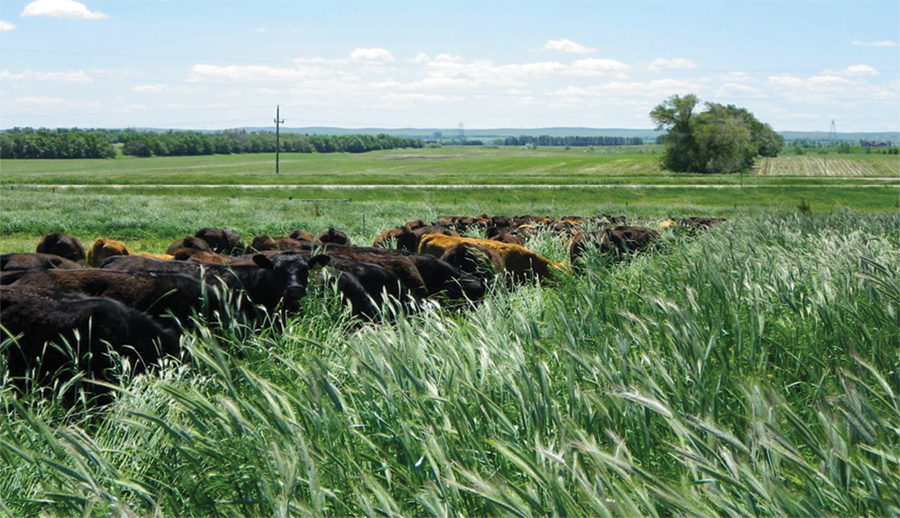No-Till Farmer
Get full access NOW to the most comprehensive, powerful and easy-to-use online resource for no-tillage practices. Just one good idea will pay for your subscription hundreds of times over.

The changes that transformed Russell Hedrick’s no-till farm began somewhat innocently a few years ago, when he asked his NRCS conservationist for suggestions on suppressing winter weeds and controlling erosion.
He showed Hedrick a 30-minute video called, “Under Cover Farmers,” about three farmers who used multi-species cover crops to build soil health and still saw economic benefits the first year. Hedrick was sold — but the story doesn’t end there. The conservationist also convinced him to add livestock to his corn-and-soybean operation near Hickory, N.C.
Once they determined it was economical, Hedrick introduced 30 cattle to his system, using cover crops as forage. The combination of no-till, cover crops and livestock has resulted in rapid improvements in soil health on Hedrick’s farm, while also providing an additional source of income.
What he’s witnessed isn’t uncommon. No-tillers already having success with covers are finding that adding livestock is a win-win situation for both their land and their wallets.
There are 400 acres on Gabe Brown’s no-till farm in Bismarck, N.D., that Brown knows will never reach the same level of soil health as the rest of his field. They’re missing what Brown considers to be the next step in achieving a healthy soil: the presence of livestock.
“As we advance soil health, there are principles that have to be met,” Brown says, explaining that it starts with no-till and follows with protecting the soil with residue, diversifying plant species and keeping a living root in the…